
Cornwall Damp Proofing Treatment
Damp
Structural dampness is the presence of unwanted moisture in the structure of a building, either the result of intrusion from outside or condensation from within the structure.
A high proportion of damp problems in buildings are caused by condensation, rain penetration or rising damp.
Dampness tends to cause secondary damage to a building. The unwanted moisture enables the growth of various fungi in wood, causing rot or mould health issues.
Plaster and paint deteriorate and wallpaper loosens. Stains from water, salts and mould damage surfaces.
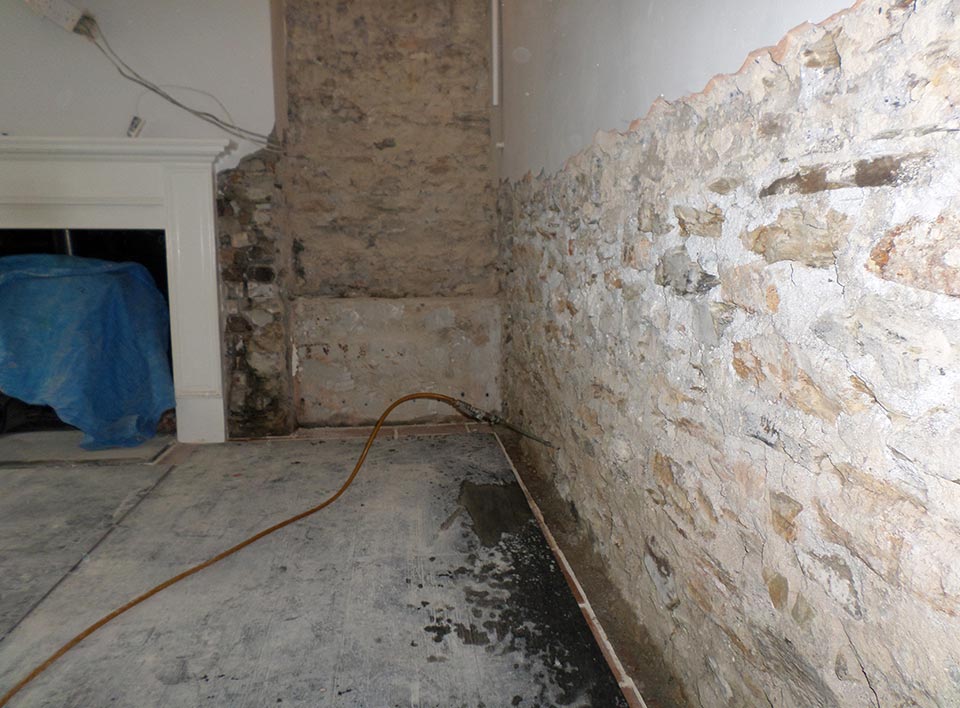
Rising & Penetrating
The highest airborne mould concentrations are found in buildings where significant mould infestation has occurred, usually as a result of severe water intrusion or flood damage.
Moulds can grow on almost any surface and occur where there is a lot of moisture from structural problems such as leaky roofs or high humidity levels.
Airborne mould concentrations have the potential to be inhaled and can have health effects.
Externally, mortar may crumble and salt stains may appear on the walls. Steel and iron fasteners rust.
It may also cause a poor indoor air quality and respiratory illness in occupants. In extreme cases, mortar or plaster may fall away from the affected wall.
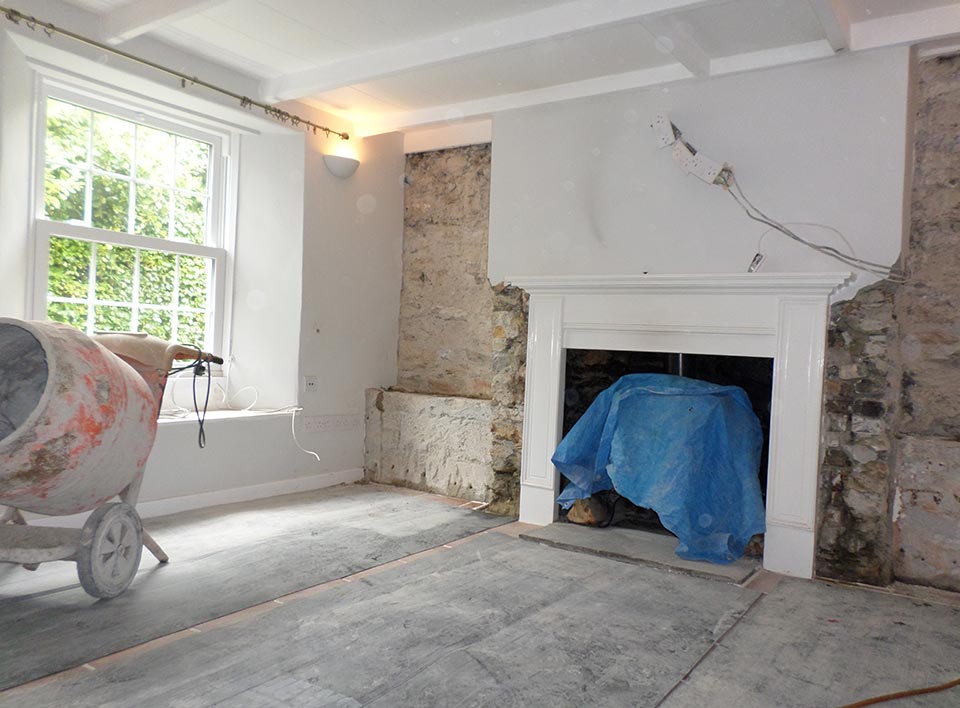
Rising Damp
Rising damp is the term used to describe dampness in a wall structure, where there is higher moisture content at the base of the wall, which rises further up the wall.
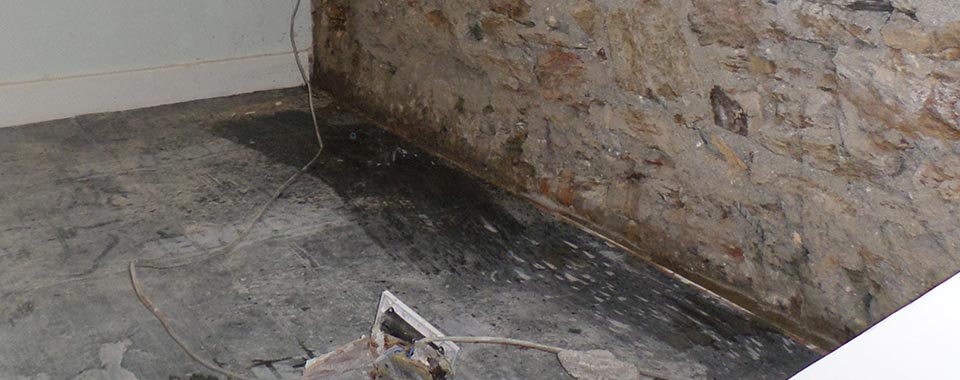
The problem of rising damp can be identified in a number of different ways:
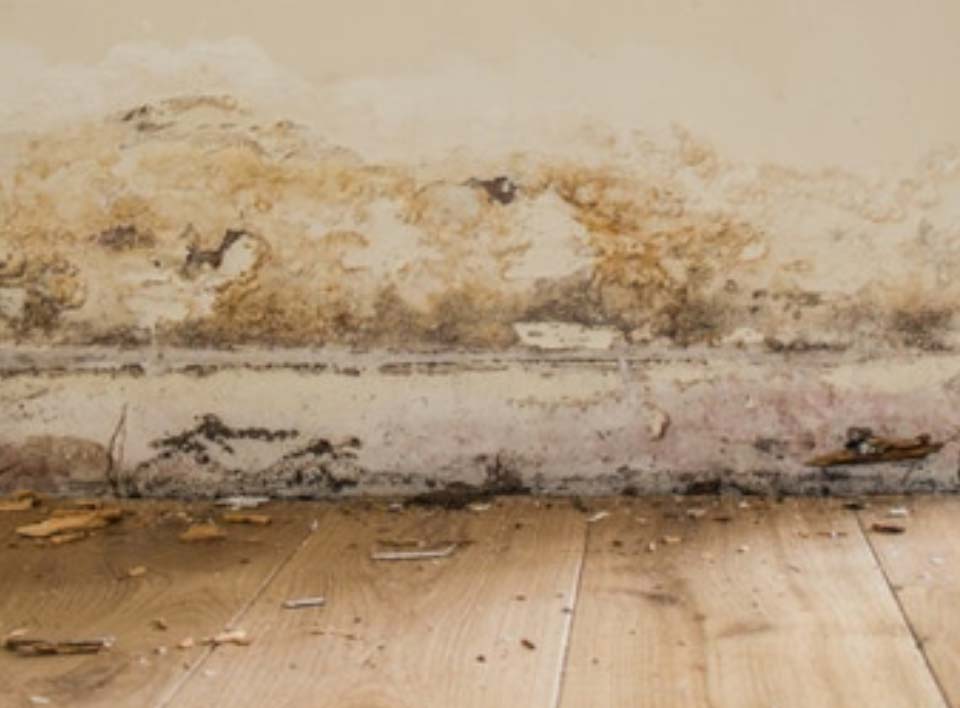

Causes of Rising Damp
Rising Damp Treatment
In many cases, damp is caused by “bridging” of a damp-proof course that is otherwise working effectively.
For example, a flower bed next to an affected wall might result in soil being piled up against the wall above the level of the DPC.
In this example, moisture from the ground would be able to ingress through the wall from the soil.
Such a damp problem could be rectified by simply lowering the flower bed to below DPC level.
Injection of a liquid chemical damp proof course (DPC Injection)
“Cornwall Damproofing use the method of injecting a liquid into bricks or mortar, this is the most common method of treating rising damp.”

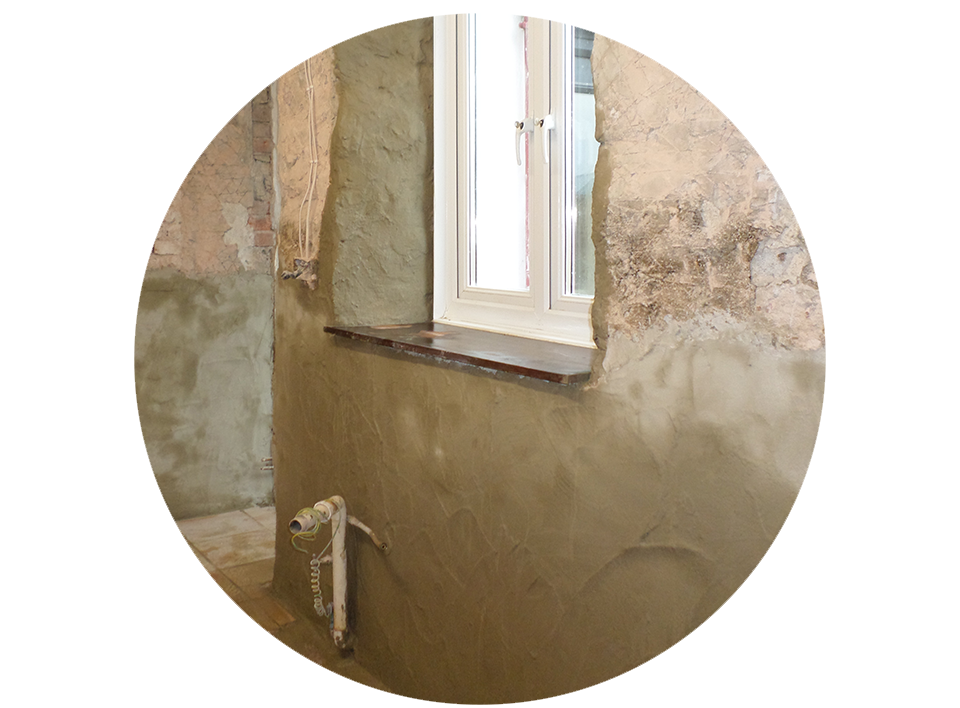
Penetrating Damp
Rain Penetration (also known as “penetrating damp” is a common form of dampness in buildings.
It can occur through walls, roofs, or through openings (e.g. window reveals).
Water will often penetrate the outer envelope of a building and appear inside.
Common defects include:
Walls

Rain penetration is most often associated with single-skin walls, but can also occur through cavity walls – e.g. by tracking across wall ties.
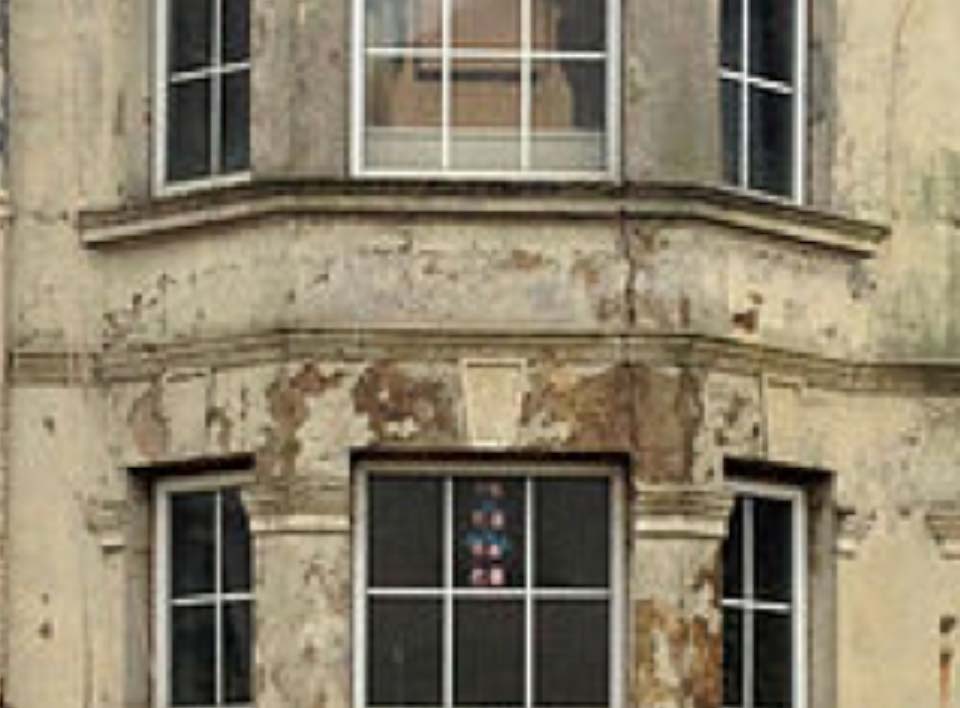
Primary Causes
Cracks in render and masonry provide a pathway for damp to penetrate.
The primary cause of rain penetration through walls is defects in the masonry – e.g.:
Exacerbators of Rain Penetration
Where a wall suffers from one or more of the primary causes of rain penetration listed above, the problem can be made worse by one of the following exacerbators of rain penetration:
Water will often penetrate the outer envelope of a building and appear inside.
Common defects include:

